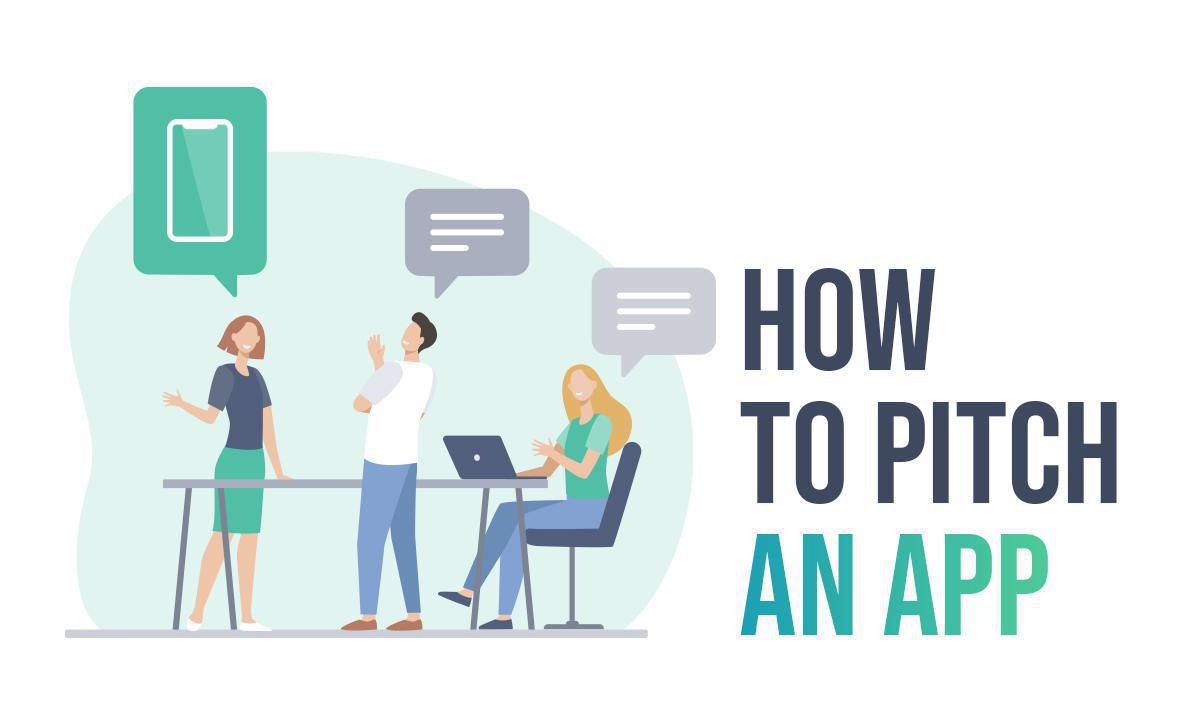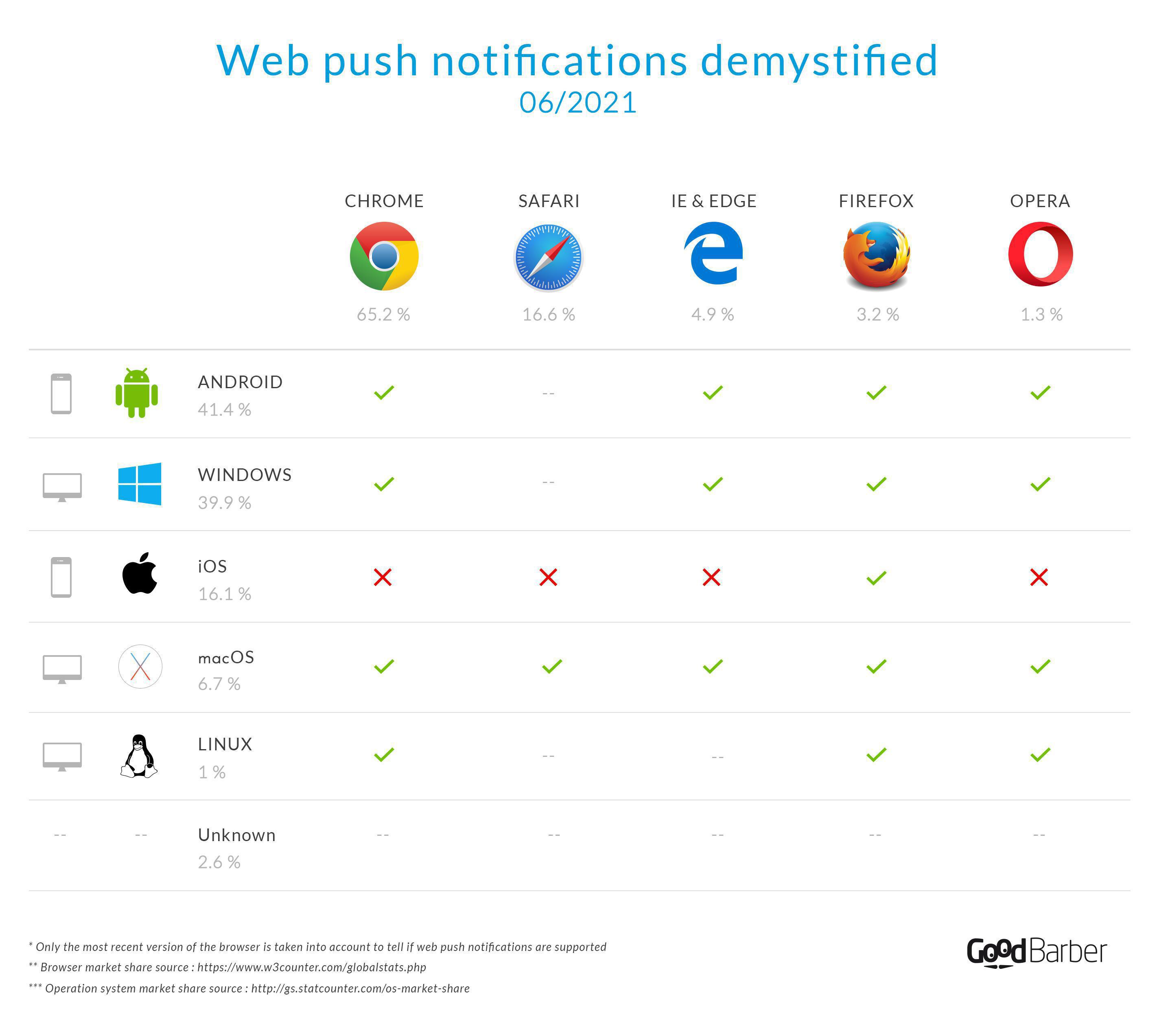How to Pitch an App
Written by Christophe Spinetti on

As an expert and app reseller, you must be ready at all times to respond to the solicitation of a potential lead, or a future contributor. Whether in a public or private setting, you should regularly have a pitch ready for any eventuality. The best is to have a proven pitch for different situations.
So the principle of the pitch is simple. The goal is to prove in a few minutes the interest and the merits of your product or service. Whether it's for your current business or for a business in creation. The original name is "Elevator pitch" to illustrate the fact that your speech must fit in a time frame as short as an elevator ride.
And the shorter the pitch, the more specific it should be. In this article, we'll try to be exhaustive, so you'll have to pick and choose from the information we give you to build (and test...) the best pitch possible.
1/ Pitch a native app
Companies or associations of all types are convinced that they must be present on mobile to reach their audience. People spend more than 4 hours a day on their cell phone. There are more smartphones in the world than computers. In some countries, it is the only communication tool available for most of the population. Nevertheless, the world of mobile and especially of native apps is still obscure for most organizations. They know they need to be present on the stores, but they don't know how to get there.
What is a native app?
A native app has been developed 'natively' in the programming language adapted to the smartphone's operating system (iOS or Android). This app is downloaded to the end user's smartphone. This allows to have more advanced functionalities and is perfectly integrated with the operating system. With GoodBarber, you don't have to worry about the technical side. Our platform automatically generates different native code for iOS and Android. Your apps are thus perfectly integrated into the technical environment of the smartphone, which guarantees performance and speed.
What are the advantages of having a native app for your clients?
As we've just mentioned, native apps are adapted to the technical environment of the smartphone and therefore allow to offer more functionalities. The user experience is much more fluid. The user doesn't have to accept the RGPD popup every time they log in. Offline is possible as well as geolocation. But in addition to the technical features, having an app allows more performance for your clients. E-commerce apps, for example, convert 3 times more than mobile websites. A user who downloads an app on their smartphone is much more loyal than if they have to go to your website via their browser. On average, people use 10 apps regularly. If your client's app is one of the 10 favorite apps of the end-user, it will have created a quality bond with that user. If your client doesn't have an app, on the web they will be much more subject to competition. Every time a user wants their content and does a Google search they will have a chance to come across a competitor.
One of the biggest advantages of native apps is the ability to send push notifications. Push notifications are a formidable weapon for advertising and distribution of content. First of all, it isn't very intrusive because the user has given their consent to receive pushes. Secondly, it allows sending directly in the app to the right place. The user sees it as a fun and efficient notification. And with a much more modern image than an SMS.
Speaking of image, even though it may seem secondary to some, having an app on the stores reinforces the credibility and modernity of your company. The investment in time and money is substantial to be accepted on the store. Of course, by using Goodbarber, the cost is lowered and you receive assistance for the publication process. But, it's not so easy to publish an app on the stores, and therefore your clients will be able to emphasize this asset in their communication.
Why make a demo?
Apart from the big, well-known apps (Facebook, Instagram, Tiktok...), it is also possible to talk about targeted apps for certain sectors. Indeed, if you work with clients who have a rather small area of influence, it's not worth talking to them about apps that have billions of users. In fact, the easiest way is to download apps on your mobile. There are 2 ways: either you download apps from competitors and tell them that you can do the same thing for them. Or you show them your portfolio on your own mobile. For this, it's better to already have apps from your clients. But even if you're new to GoodBarber, it's easy to create and publish your agency's app. This way you do double-up. You promote your agency by having your leads download the app. And then, you prove to them by A+B that you are great at creating apps.
Finally, in the spirit of the "Pitch", the idea is to go straight to the point. What's better than pulling out your smartphone in front of a stranger and saying, "I can do the same thing for your company in a few days.."
2/ Pitch a PWA
Better than a native app?
The Progressive Web App serves as the perfect product to offer to leads who are less than convinced of their need for a mobile app. While it is technically an application, as far as the average eye is concerned, it leans more towards fulfilling the basic needs one usually prefers a website for, a few of which include :
- No need to download
We’re all aware of the increasing level of difficulty and consequential costs involved with getting an app into the App Store. Apple’s suggestion to create a web app for certain projects instead is coming up more and more frequently, and while it may not have been your original plan, there may be some method to their madness.
The bottom line is, the information your client wants to convey is valuable, but it’s not a given that his customers will deem it as download-worthy. They will, however, unarguably deem this information they’re seeking as Google search-worthy…
- Indexable by search engines
Up until this point, you may be thinking that a PWA is more or less a mobile site, so what’s the real need? What can a PWA do that a mobile-friendly website can’t?
- Saving onto the home screen

- Works offline
We’re still waiting for Apple to enable this functionality in iOS; hopefully it won’t be much longer, but for the time being notifications are available in the following platforms :
From Web to Native App
Once the customer’s interest has been sparked and their trust has been gained, they can start to consider the native app option, to complete their brand’s digital presence if appropriate for their project. While the PWA provides almost everything that a native app does, a few additional features can be enjoyed, such as push notifications on iOS and being listed in the Google Play store and App Store.
PWA’s are still on the rise which means many people are not yet familiar with the concept, but being successfully able to convey the value and advantages this technology can bring can open a lot of doors for both you and your customer.
 Design
Design